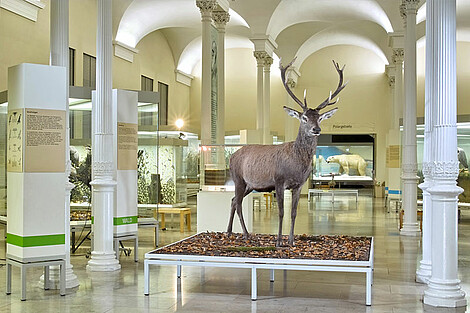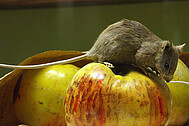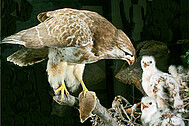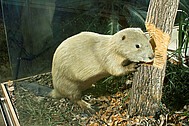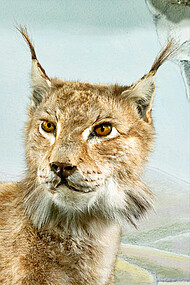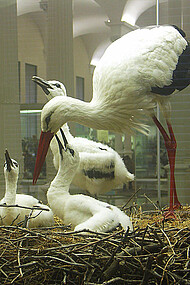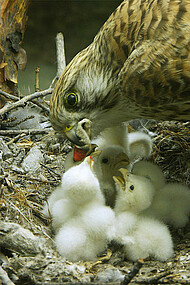The permanent exhibition is divided into three categories of habitat: human settlements, forests, and water and wetlands. The focus is on specimens of mammals and birds native to Germany, showcased in true-to-life settings.
Widespread human settlement, intensive agriculture and forestry and the draining of wetlands have led to the destruction of many species’ original habitats. Some animals have adapted to the new living conditions. For example, forest dwellers (such as blackbirds and pigeons) and cliff and cave dwellers (such as many bat species) have become synanthropes, moving into areas developed by humans to find better living conditions. Many other species have not been able to adapt, however, or are now endangered synanthropes.





